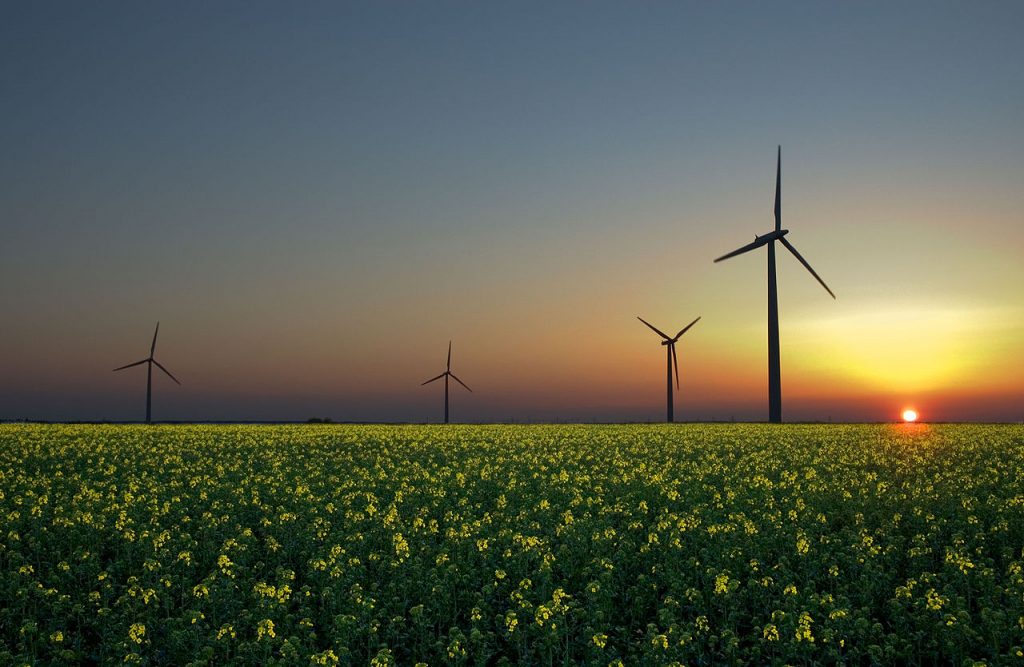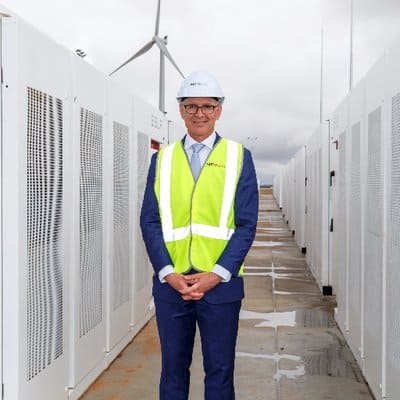Global wind and solar statistics – Bloomberg New Energy Finance are reporting that global wind and solar energy capacity reached the 1TW milestone at the end of June this year.
Global wind and solar statistics

According to Wikipedia, renewable energy contributed 19.3% to global energy consumption and 24.5% to the generation of electricity in 2015 and 2016, respectively. This has risen sharply in the past couple of years and research indicates that we will continue to speed above and beyond the trillion watts – which is 1 million MW, or a billion kW, if that makes it easier to understand!
Bloomberg New Energy Finance (BNEF) release a report this week which is based on their comprehensive and up-to-date database of renewable energy projects. The report notes that 54% of the renewable energy generated was from wind, and 46% represents solar power. This is interesting as it shows how quickly solar is reaching wind power – in 2007 we had 8GW of capacity (around 8% of the world’s renewable energy) – in comparison to wind power which had 89GW. According to Renew Economy this represents a gigantic increase of 57x of solar’s 2007 statistics.
With one terawatt out of the way, Business Green have been crunching the numbers with regards to the second one, which will undoubtedly be far faster and far cheaper than the first:
“The BNEF analysts predict that the pace of renewables rollout will accelerate even more in the coming years, with the second terawatt expected to arrive by mid-2023.”
It looks like wind and solar will produce more power than coal in America within the next 10 years. How will the figures be for the rest of the world? How will Australia go given the future of our National Energy Guarantee is shaky at best (not to mention it’s receiving plenty of criticism in either case). How will solar battery storage affect these figures? Will the huge influx of commercial solar system installations help us reach the next terawatt much faster? Watch this space. It’s going to be an exciting few years for renewable energy!


